arts
CAM’s Reopening
The Gulbenkian Foundation's Center for Modern Art reopens with new exhibitions.
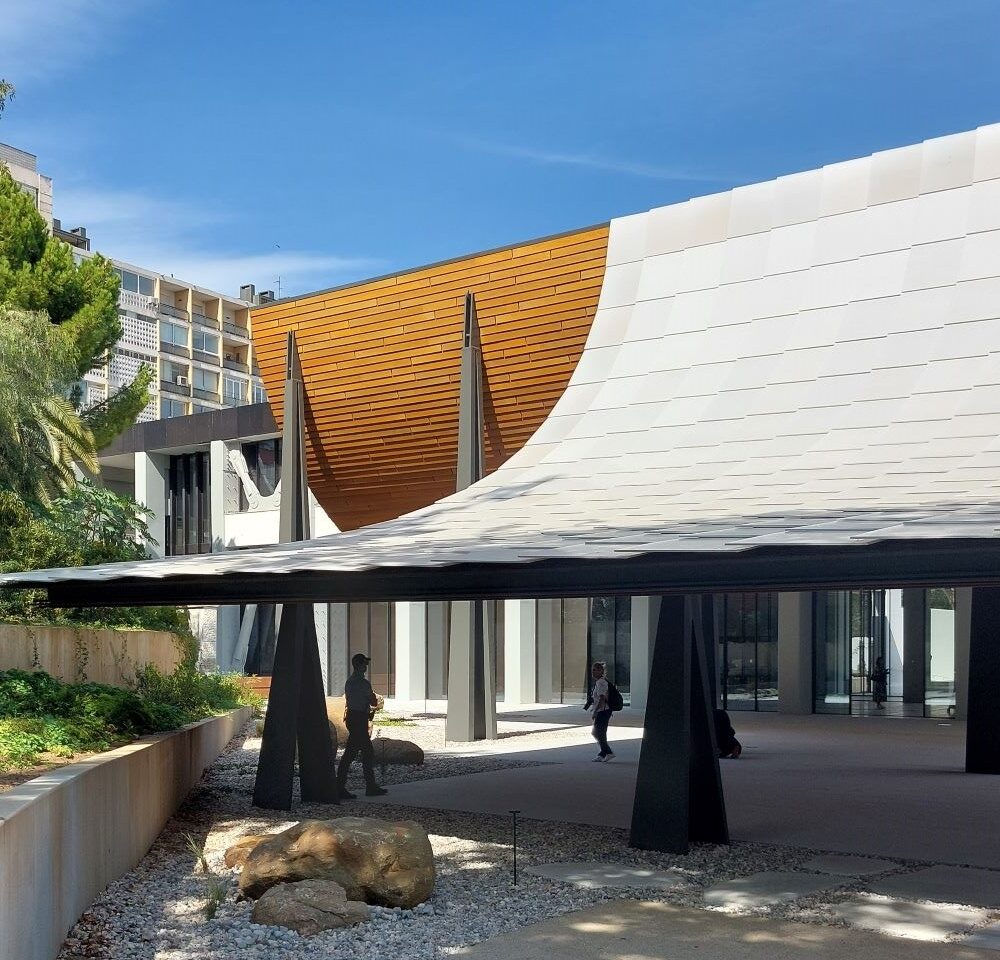
CAM, which houses a significant collection of modern and contemporary Portuguese art, as well as works by international artists, reopens after four years of profound renovations. The previous building, designed by British architect Leslie Martin and opened in 1983, was completely redesigned by architect Japanese Kengo Kuma, who collaborated with Lebanese landscape architect Vladimir Djurovic to perfectly integrate architecture and nature.
For the (re)opening day, Gulbenkian prepared an extensive and varied programme that includes performances, conversations, workshops and five exhibitions. Some of these exhibitions open new spaces at CAM.
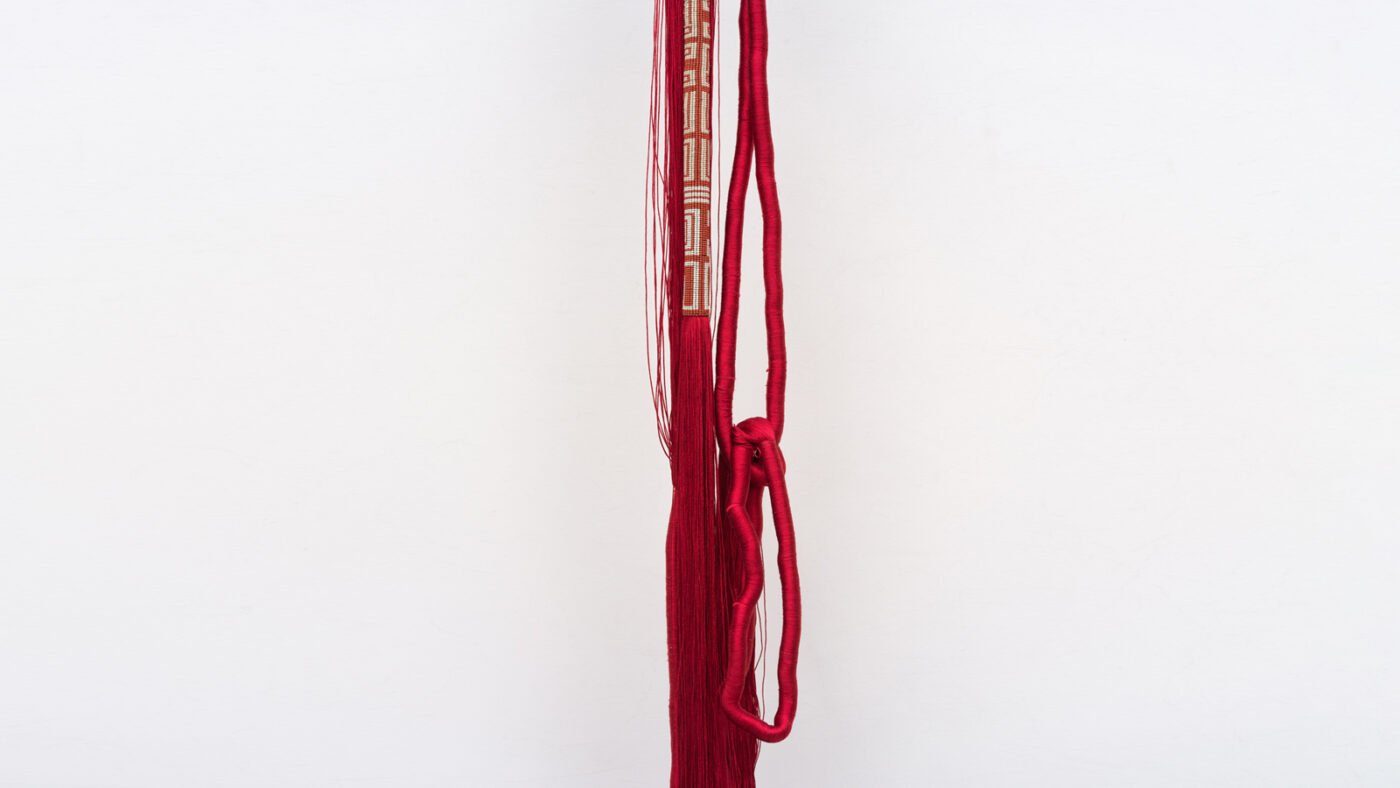
Leonor Antunes
Mezzanine e Nave/Sep 21 to Feb 17
Leonor Antunes takes to the main gallery the constant inequality of leonor’s days, an immersive installation that responds to the architectural specificity of the building. The exhibition, which has as its starting point an investigation into the works and trajectories of female artists, determining figures of the modernist movement made invisible by a history marked by inequalities, includes a wide selection of works by female artists from the CAM Collection.
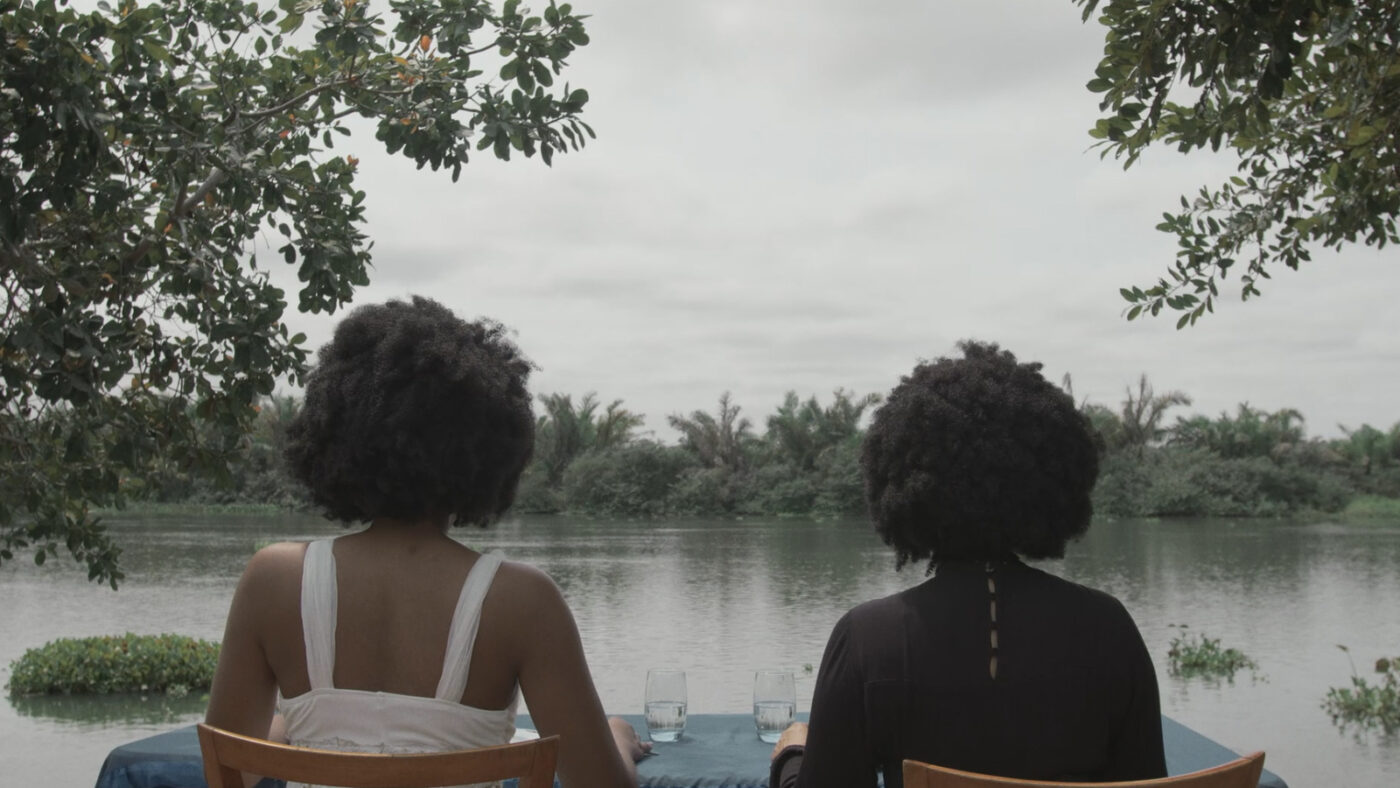
Tide Line. CAM Collection
Collection Gallery / Sep 21 to May 11
Tide Line starts from the Revolution of April 25 1974 to reach the present day, reflecting on the ongoing revolutions, most importantly those related to the state of the planet. Of the approximately 80 works on display, which includes paintings, drawings, film, video, photography, sculptures and installations, many are recent acquisitions never before shown at CAM, by artists such as Mónica de Miranda, Filipa César, Graça Pereira Coutinho, and Paulo Nozolino. The artist Gabriel Abrantes presents a new video work commissioned by CAM for this exhibition.
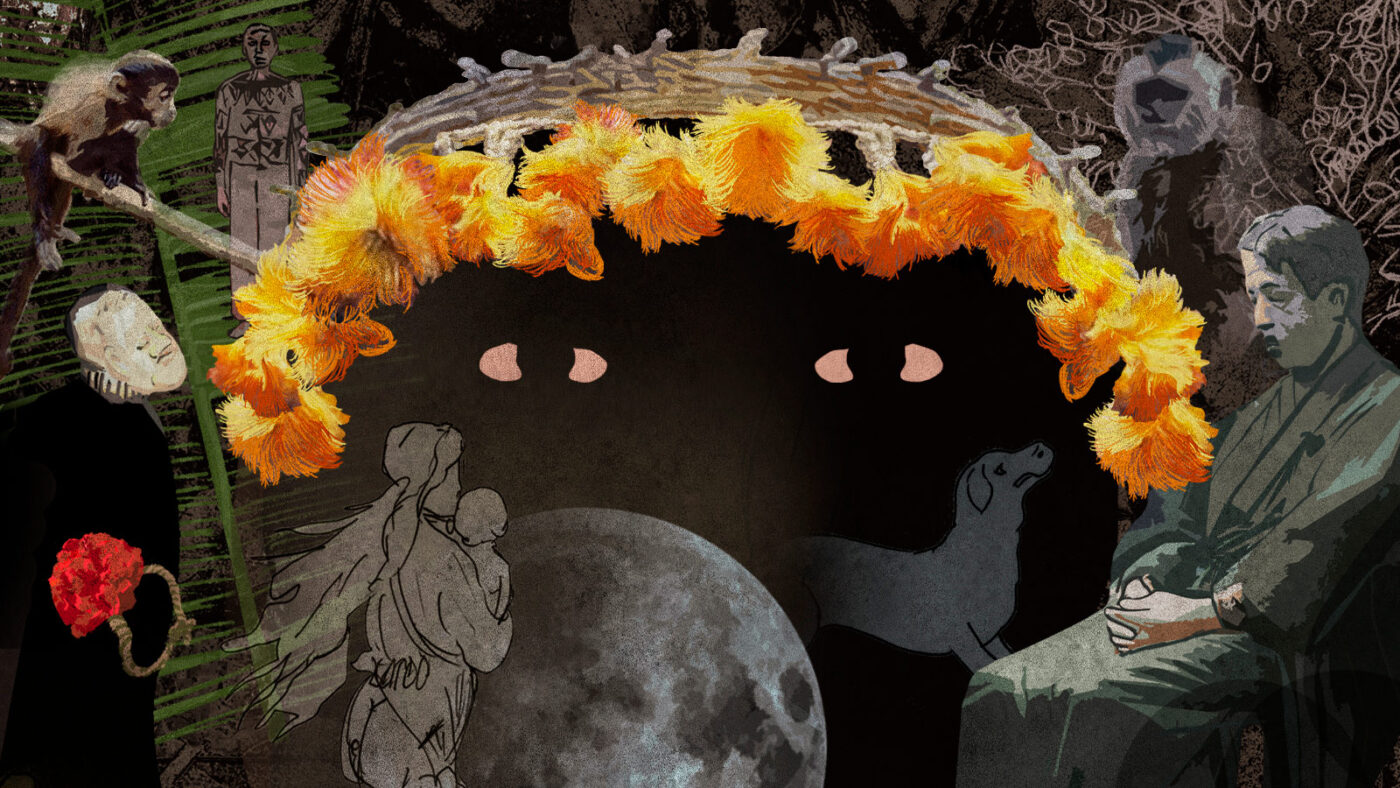
The Voice of Inconstant Savage, by Yasuhiro Morinaga
Sound Room / Sep 21 to Jan 13
The Sound Room receives a multifaceted, polyphonic and immersive sound installation by Yasuhiro Morinaga, that juxtaposes a recitation based on a Portuguese missionary report in the 16th century, a chant of the ‘Kakure-Kirishitan’s Oratio’, which is rooted in Nagasaki Prefecture, a singing of the Karawara spirits of the indigenous Awá people living in the Amazon rainforest, and a chorus of Western Gregorian chant.
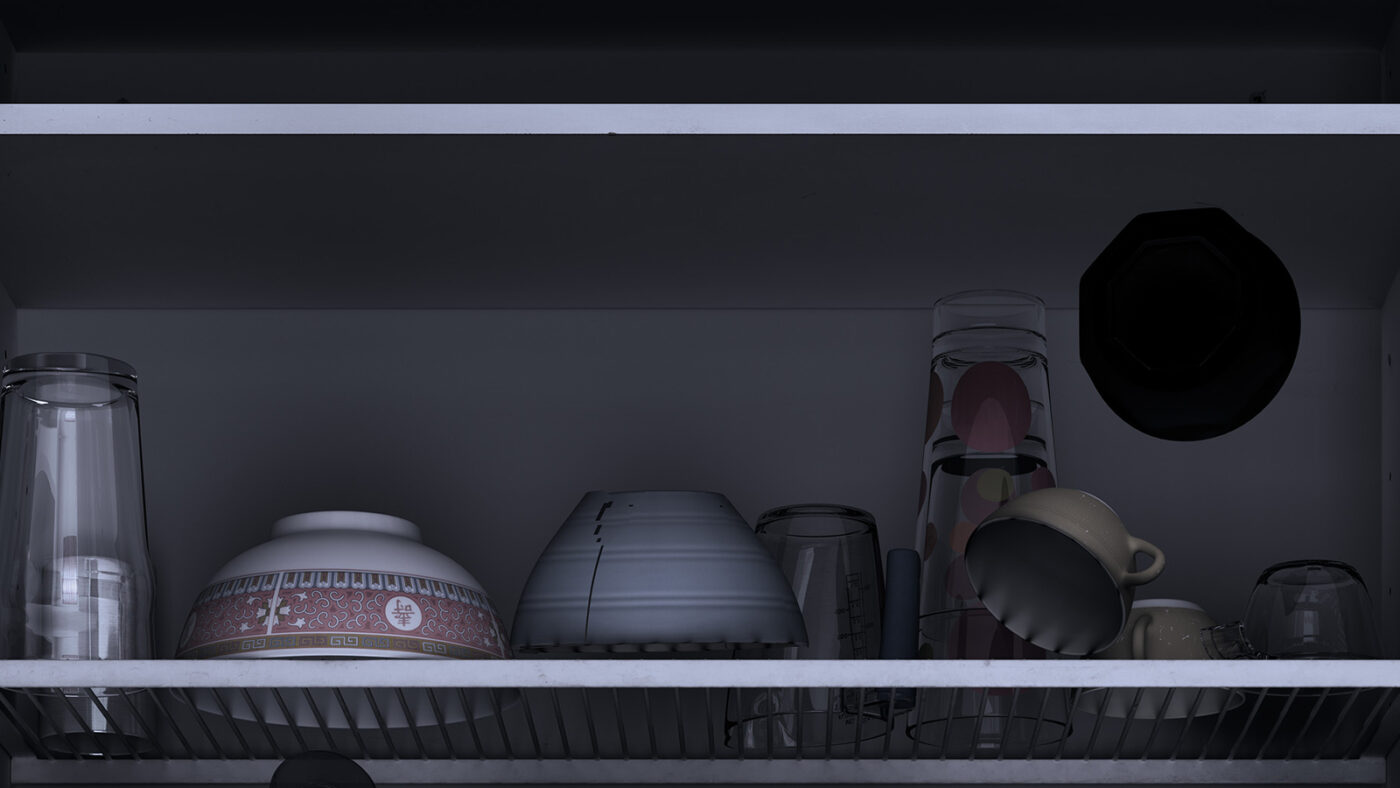
M5A5, by Go Watanabe
Project Space /Sep 21 to Nov 4
M5A5 is a site-specific installation presenting impactful large-scale video work, where four large projected images are carefully placed in the exhibition room, depicting a motif of tableware on shelves that slowly shift and collapse. plays with audience’s expectations regarding authenticity and deception. With M5A5 Go Watanabe raises questions concerning our perception of reality, through distorted 3DCG images of everyday objects, in an extreme slow motion sensory experience.
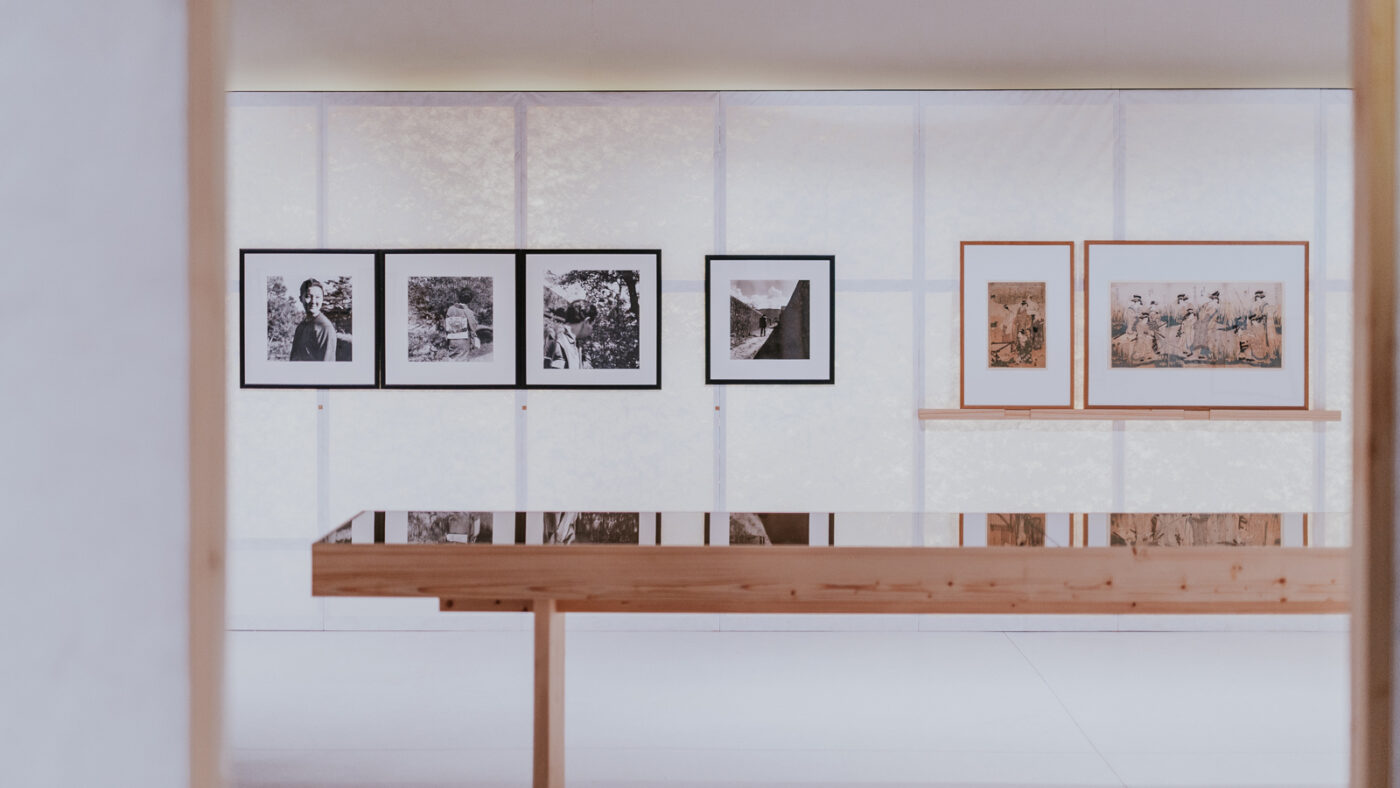
The Occidental Calligrapher. Fernando Lemos and Japan
Engawa Space /Sep 21 to Jan 20
In The Occidental Calligrapher. Fernando Lemos and Japan, the Portuguese-Brazilian multidisciplinary artist explores his relationship with the Land of the rising sun in the 1960’s. Many of the photographs on display were taken during Fernando Lemos’s stay in Japan, where he arrived for the first time on a Gulbenkian Foundation scholarship, and are testimony to the seminal influence of Japanese culture on his artistic practice. His drawings and photographs on display are presented alongside his works in other media, works by other artists from the CAM collection, and with Japanese prints from the Gulbenkian Museum collection.